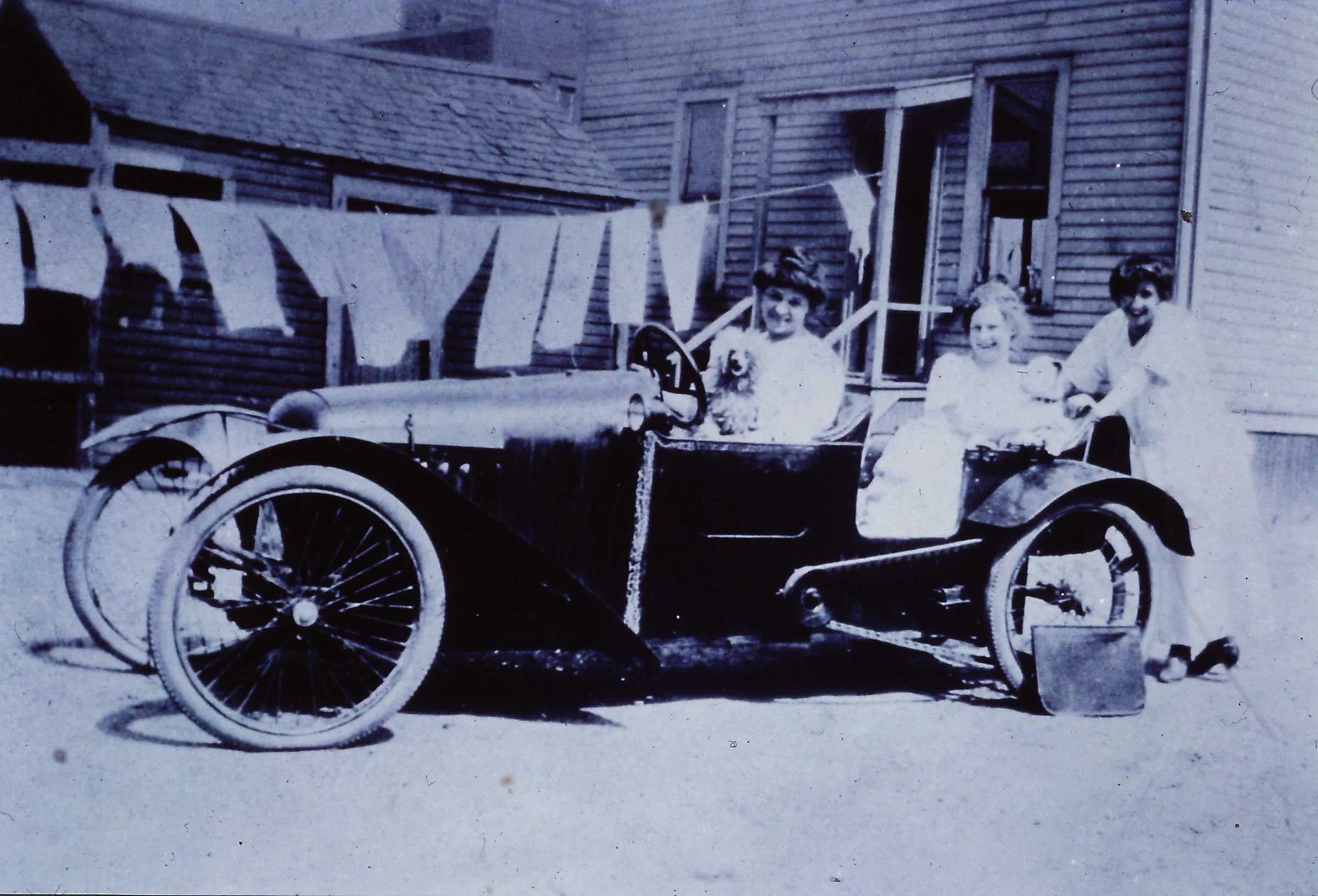IT was an interesting concept, a vehicle that bridged the gap between the automobile and the motorcycle.
For a time during the early to mid-teens, it was an international fad that launched hundreds of manufacturing endeavours.
And then in an instant the entire movement became less than an historical footnote. Yet in a way it was a glimpse of the future, the post WWII years when microcars would enjoy popularity, especially in Europe.
As understood at the time, the term cyclecar was in reference to a vehicle with a single cylinder or V-twin engine. They were often air cooled, carried one or two people, had open air light weight bodies, and had two or three wheels. They were born of taxation, especially in Europe, that provided a sizable discount for registration and license of cars with engines under a certain displacement.
The first cycle cars appeared in 1910. By 1912 they were popular enough to justify Temple Press’s investment in a new magazine, The Cyclecar, on the 27th of November. Also, in that year the Cyclecar Club, forerunner of the British Automobile Racing Club was established.
But truly indicative of the diminutive car’s popularity are the explosion in manufacturers. As an example, in 1911 the number of cyclecar manufacturers was less than a dozen in Britain and in France. By 1914, there were over 100 manufacturers in each country, as well as others in Germany, Austria, and other European countries, and in the United States.
Even though the cyclecar was a niche market of the burgeoning automobile industry, especially in the United States where the consumer was already beginning to show affection for larger vehicles, more than one automotive pioneer invested in the idea.




















